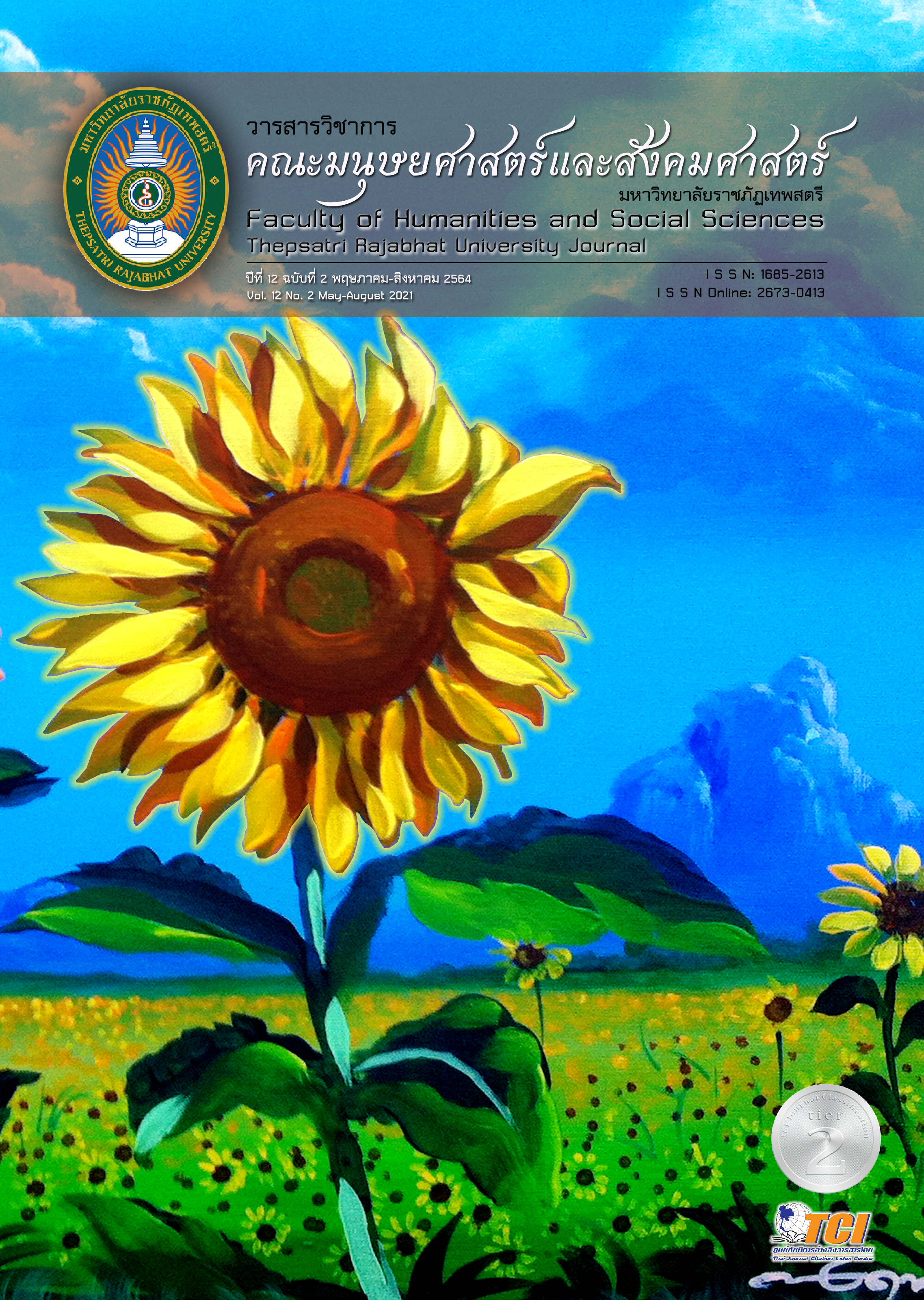Factors Affecting Supply of Feedstuff Crops in Thailand: A Case Study of Maize and Soybean Factors Affecting Supply of Feedstuff Crops in Thailand: A Case Study of Maize and Soybean
Main Article Content
Abstract
This research aims to study the factors influencing the supply of the important feedstuff crops in Thailand which are maize and soybean, and to give the suggestions of the research policy on the issue. The research tools were the documents about the feedstuff crops from the annual time series issued from 1957 to 2018. The statistic using in the study was a multiple regression analysis. The results showed that the factors influencing the supply of maize included the maize and soybean prices at a farm-gate level from the former year, maize planting areas, swine productions, and broiler productions. Each factor had the supply elasticity equally to (0.406) (-0.288) (0.971) (0.163) and (0.391), respectively. The factors influencing the supply of soybean included soybean price at a farm-gate level from the previous year, maize and soybean planting areas and swine productions. Each factor had the supply elasticity equally to (0.209) (-0.096) (1.024) and (0.293), respectively. The findings indicated the expansion of Thailand’s livestock industry resulting in the increases of the use of feedstuff crops such as maize and soybean in the industry. Therefore, the government and related stakeholders should supply the sufficient feedstuff crops in the country, to meet the demands for livestock productions and other purposes.
Downloads
Article Details
The content and information presented in articles published in the Academic Journal of the Faculty of Humanities and Social Sciences, Thepsatri Rajabhat University, are solely the opinions and responsibilities of the respective authors. The editorial board of the journal neither necessarily agrees with nor assumes any responsibility for such content in any manner whatsoever.
All articles, information, content, and images published in the Academic Journal of the Faculty of Humanities and Social Sciences, Thepsatri Rajabhat University, are the copyright of the journal. Any person or organization wishing to reproduce, disseminate, or otherwise utilize all or any part thereof must obtain prior permission from the Academic Journal of the Faculty of Humanities and Social Sciences, Thepsatri Rajabhat University.
References
ชิติพันธุ์ เชิดชูไชย. (2554). การวิเคราะห์ปัจจัยที่มีผลกระทบต่ออุปสงค์และอุปทานข้าวโพดเลี้ยงสัตว์ของไทย. การศึกษาค้นคว้าอิสระปริญญามหาบัณฑิต มหาวิทยาลัยเกษตรศาสตร์.
มนูญ โต๊ะยามา และบัณฑิต ผังนิรันดร์. (2561). อุปสงค์ อุปทาน และดุลยภาพของตลาด. ในเอกสาร สอนชุดวิชาหลักเศรษฐศาสตร์เบื้องต้น หน่วยที่ 1-8. นนทบุรี: สาขาวิชาเศรษฐศาสตร์ มหาวิทยาลัยสุโขทัยธรรมาธิราช.
วิเชียร หิรัญรัศมีโรจน์. (2548). การศึกษาอุปสงค์และอุปทานกากถั่วเหลืองของประเทศไทย. วิทยานิพนธ์ปริญญามหาบัณฑิต มหาวิทยาลัยธุรกิจบัณฑิตย์.
สมาคมผู้ผลิตอาหารสัตว์ไทย. (2561). ตารางประมาณการประชากรสัตว์, ปริมาณอาหารสัตว์ และการใช้วัตถุดิบ ปี 2562. สืบค้น มกราคม 15, 2563, จาก www.thaifeedmill.com/Portals/0/2016/ประมาณการประชากรสัตว์%20ปี62%20(ไทย).pdf
สำนักงานเศรษฐกิจการเกษตร. (2562ก). สถิติการค้าสินค้าเกษตรไทยกับต่างประเทศ ปี 2561. ศูนย์สารสนเทศการเกษตร สำนักงานเศรษฐกิจการเกษตร.
_______. (2562ข). สารสนเทศเศรษฐกิจการเกษตรรายสินค้า ปี 2561. ศูนย์สารสนเทศการเกษตร สำนักงานเศรษฐกิจการเกษตร.
Cottrell, A., & Lucchetti, R. (2019). Gretl user’s guide: Gnu regression, econometrics and time-series library. Retrieved January 16, 2020, from http://ricardo.ecn.wfu.edu/pub/gretl/gretl-guide.pdf
Gujarati, D. N., & Porter, D. C. (2009). Basic econometrics. (5th ed.). New York: McGraw Hill.
Hill, R. C., Griffiths, W. E., &Lim, G. C. (2011). Principle of econometrics. (6th ed.). New Jersey: John Wiley & Sons. Inc.
Jatuporn, C., Sukprasert, P., Tongchure, S., Suvanvihok, V., & Thongkaew, S. (2019). Forecasting import demand of table grapes: Empirical evidence from Thailand. Asian Journal of Agriculture and Rural Development, 10(2), 578-586.
Tunjaroen, W., Jatuporn, C., Suvanvihok, V., & Adithipyangkul, P. (2019). The empirical study of factors influencing coconut price in Thailand. International Journal of Management, Business, and Economics, 6(3), 141-147.


